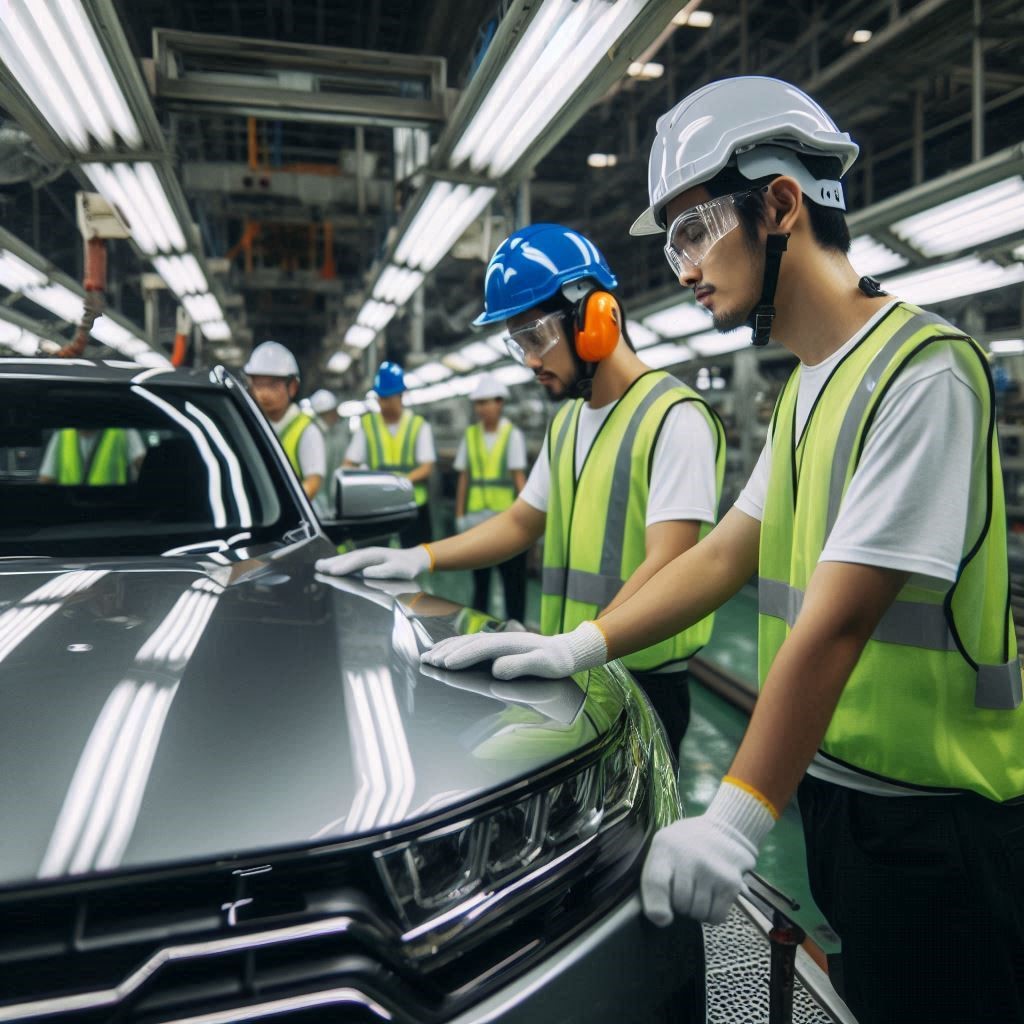In 2022, China emerged as the largest market for surface inspection systems in the Asia Pacific region, a position it is expected to maintain throughout the forecast period. This dominance is attributed to a combination of factors including a robust manufacturing sector, the rising costs of labor, and the increasing adoption of automation technologies. As labor-intensive industries in China continue to grow, surface inspection systems play a critical role in maintaining quality and efficiency. The factors driving China’s leadership in the surface inspection market, the challenges faced, and the future outlook.
Growth of Labor-Intensive Industries
Expanding Manufacturing Sector: China’s manufacturing sector, encompassing industries such as clothing, textiles, footwear, furniture, plastic, bags, and toys, has long been a significant contributor to the country’s economic growth. These industries are characterized by their reliance on manual labor for production processes. With the continuous expansion of these sectors, there is a heightened demand for effective surface inspection systems to ensure product quality and consistency.
Rising Labor Costs: Despite the availability of abundant labor in China, the country is experiencing an aging population, which has led to a shortage of skilled workers. This demographic shift has resulted in increased labor costs, compelling companies to seek cost-effective solutions. Surface inspection systems, which can automate quality control processes, are increasingly seen as a viable solution to manage labor costs and maintain production efficiency.
Surface Inspection Systems Industry Growth Overview
The global surface inspection industry is anticipated to grow from USD 4.0 billion in 2023 to USD 5.9 billion by 2028, recording a CAGR of 7.8%. Increasing wages worldwide and the growing adoption of smart cameras and image processors across industries are among a few major factors driving the growth of the surface inspection market.
Download PDF Brochure @ https://www.marketsandmarkets.com/pdfdownloadNew.asp?id=192440286

Technological Advancements in Surface Inspection Systems Industry
Automation and AI Integration: The integration of automation and artificial intelligence (AI) in surface inspection systems has revolutionized quality control in manufacturing. Advanced technologies such as machine vision and AI algorithms enable these systems to perform high-speed, accurate inspections of products, detecting defects and inconsistencies that may be missed by human inspectors. This technological advancement has made surface inspection systems more appealing to Chinese manufacturers seeking to enhance product quality while reducing reliance on manual labor.
Real-Time Data Analysis: Modern surface inspection systems provide real-time data analysis, allowing manufacturers to monitor production processes continuously. This capability enables immediate detection and correction of quality issues, reducing waste and improving overall production efficiency. The ability to integrate with other automation systems further enhances the effectiveness of surface inspection technologies in China’s manufacturing landscape.
Challenges and Opportunities in Surface Inspection Systems Industry
Labor Shortages: The aging population in China poses a significant challenge to labor-intensive industries. As the workforce shrinks, companies face increased operational costs and production delays. Surface inspection systems offer an opportunity to address these challenges by reducing the need for manual inspection and improving overall production efficiency.
Cost of Implementation: While surface inspection systems offer long-term cost savings, the initial investment can be substantial. Companies must weigh the costs of implementing advanced inspection technologies against the potential benefits. The declining costs of technology and the increasing availability of affordable solutions are expected to make surface inspection systems more accessible to a broader range of manufacturers in China.
Technological Adaptation: The rapid pace of technological advancements requires continuous adaptation and upgrading of surface inspection systems. Manufacturers need to stay abreast of the latest innovations to maintain competitive advantage. This dynamic environment presents both opportunities and challenges for companies investing in surface inspection technologies.
Future Outlook for Surface Inspection Systems Industry
Continued Market Growth: China is expected to maintain its leadership position in the surface inspection market due to ongoing industrial growth and technological advancements. The increasing adoption of automation and AI technologies will drive demand for sophisticated inspection systems, enhancing product quality and operational efficiency.
Expansion into New Industries: As the benefits of surface inspection systems become more widely recognized, there will likely be expansion into new and emerging industries. Sectors such as electronics, automotive, and pharmaceuticals are anticipated to adopt surface inspection technologies to ensure high standards of quality and reliability.
Innovation and R&D: Continued investment in research and development will lead to the creation of more advanced and cost-effective surface inspection systems. Innovations in imaging technology, AI algorithms, and data analytics will further enhance the capabilities of these systems, driving their adoption across various manufacturing sectors in China.
China’s dominance in the surface inspection market is a testament to the country’s thriving manufacturing sector and the increasing need for automation in quality control processes. As labor costs rise and technological advancements continue, surface inspection systems will play a crucial role in maintaining product quality and production efficiency. With ongoing investment in innovation and a growing range of applications, the surface inspection market in China is set for sustained growth and evolution, reinforcing the country’s position as a leader in the Asia Pacific region.
